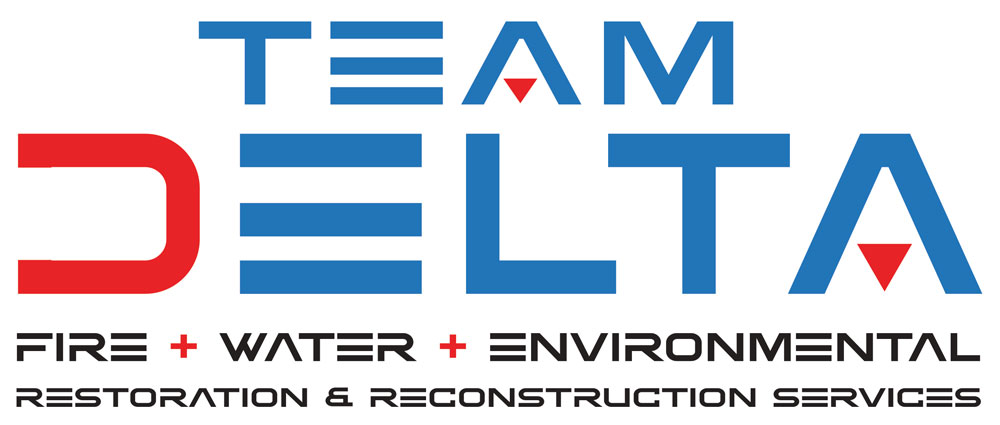Water damage can wreak havoc on a property, causing structural issues, mold growth, and compromising the health and safety of its occupants. To effectively restore a water-damaged space, professionals rely on a range of specialized equipment and techniques.
Water Damage Restoration in Orange County, CA
This blog post will explore the essential equipment and techniques used in water damage restoration, highlighting their importance in mitigating damage, promoting efficient drying, and ensuring a successful restoration process.
 Moisture Detection and Measurement Tools
Moisture Detection and Measurement Tools
Accurate moisture detection is crucial in water damage restoration. Moisture meters and sensors help professionals identify hidden moisture pockets and determine the extent of water intrusion. Thermal imaging cameras can detect temperature variations, revealing areas with potential water damage. These tools enable technicians to develop a comprehensive restoration plan, ensuring no moisture goes unnoticed and facilitating targeted drying efforts.
Water Extraction Equipment
Prompt water extraction is vital to prevent further damage. Professionals employ powerful water extraction equipment such as submersible pumps, wet/dry vacuums, and truck-mounted extraction units. These tools efficiently remove standing water from affected areas, minimizing the risk of structural damage, mold growth, and moisture-related issues. Water extraction is often the first step in restoration and sets the foundation for effective drying.
Air Movers and Dehumidifiers
Once standing water is removed, proper airflow and dehumidification are essential. Air movers, also known as fans, create airflow that promotes evaporation and accelerates drying. Dehumidifiers, however, remove excess moisture from the air, reducing humidity levels. By combining the use of air movers and dehumidifiers, professionals create an optimal drying environment that helps prevent mold growth, reduce drying time, and restore the affected space to pre-damage conditions.
Specialty Drying Equipment
Certain situations may require the use of specialty drying equipment to address specific challenges. For example, Injectidry systems are used to dry wall cavities or confined spaces, while drying mats effectively dry hardwood floors. Desiccant dehumidifiers are employed in cases of severe water damage or high humidity levels. These specialized drying tools allow professionals to target specific areas or materials that require extra attention, ensuring a thorough and efficient drying process.
Antimicrobial Treatments and Cleaning Agents
Water damage often leads to the growth of mold, bacteria, and other microorganisms. To address this issue, professionals use antimicrobial treatments and cleaning agents. These products help inhibit microbial growth and eliminate odors, ensuring a safe and hygienic environment. They are applied to affected surfaces, materials, and air ducts as part of the restoration process, reducing the risk of health issues and improving indoor air quality.
Techniques for Structural Drying and Restoration
Effective water damage restoration involves implementing various techniques for structural drying and restoration. This may include controlled demolition to remove irreparably damaged materials, structural repairs, and reconstruction. Professionals utilize their expertise to determine the most appropriate techniques for each unique situation, ensuring that the property is restored to its pre-damage condition safely and efficiently.
The equipment and techniques employed in water damage restoration are crucial in mitigating damage, promoting efficient drying, and achieving successful restoration. By understanding the essential equipment and techniques involved in water damage restoration, homeowners can appreciate the importance of hiring professionals and trust in their ability to handle water damage incidents effectively. Do not hesitate to call our team of experts today at Team Delta. We are here and ready to provide you with the specialized tools and expertise to ensure a thorough and effective restoration process, allowing you to recover from water damage and restore your space to its former glory.
